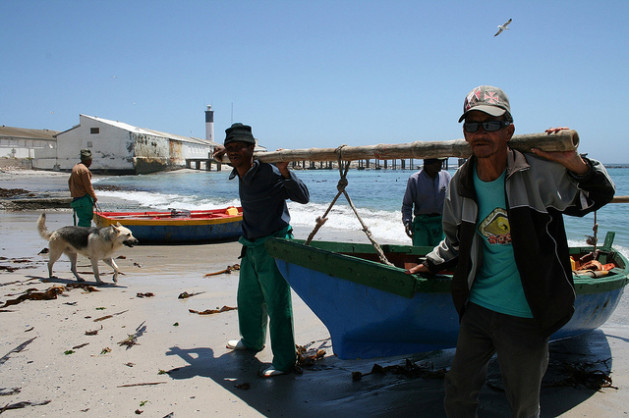SADC to set new Customs Union deadline

Mmegi | 12 August 2015
SADC to set new Customs Union deadline
Brian Benza
After missing the 2010 deadline, the Southern African Development Community (SADC) will now negotiate a new target date for the transformation of the organisation into a Customs Union (CU), during the 2015 Ordinary Summit.
A CU is where a group of countries that have established a free trade area agree on common external tariffs and a common external trade policy, in a bid to drive increased trade and economic development in the region.
Originally scheduled for 2010, the formation of CU is seen as key to deepening regional integration before the region incrementally moved towards a common market and a monetary union.
Briefing the media on standing committee meetings being held in Gaborone ahead of next week’s Summit, SADC Director of Policy, Planning and Resource Mobilisation, Dr Angelo Mondlane said although the original target was not met, significant progress has been made towards regional integration efforts with all but two of the SADC members now part of a Free Trade Area (FTA).
“We have not set a new deadline for transforming into a customs union. It is one of the items to be discussed here as we realised that operating without a target is not very helpful,” he said. The Heads of State and Government Summit will take place in Gaborone from August 17-18, 2015.
According to Mondlane, there are numerous reasons why the original target was not met, which include overlapping membership with some SADC countries belonging to multiple organisations such as East African Community (EAC) and Comesa. Under the envisaged SADC CU, a country can only belong to one union.
“But this does not make the establishment of the SADC CU a mission impossible. Significant regional integration initiatives have already been accomplished apart from the formation of the FTA. We have started negotiating for free movement of services while a regional payment systems linking SADC central banks is now in place,” he said.
Under the original target, a regional central bank and a common currency was expected by 2018.
Economic theory dictates that regional integration blocs move from FTA to Customs Union before graduating to a Common Market and finally a Monetary Union.
While SADC has not achieved speedy progress in its regional integration endeavours, other blocs such as the East African Community (EAC) have already ratified a monetary union protocol, kicking off plans to have a common currency for the block.
Mondlane however said that SADC is being cautious in implementing its integration blue print, the Regional Indicative Strategic Development Plan (RISDP), as fresh thinking is needed around regional integration, due to changes brought about by globalisation.
“The classical economic theory of regional integration has to be re-thinked as factors such as prices of goods and services have been significantly changed by globalisation. For as long as the prices of chickens from Malawi are more expensive than the prices of the same goods from Brazil, fresh thinking is needed.
“It takes a quarter of the time to move a container of goods from Hong Kong to Gaborone than it takes from Abidjan to here. It is not supposed to be like that; there is something missing there. We have to address such issues first,” he said.





